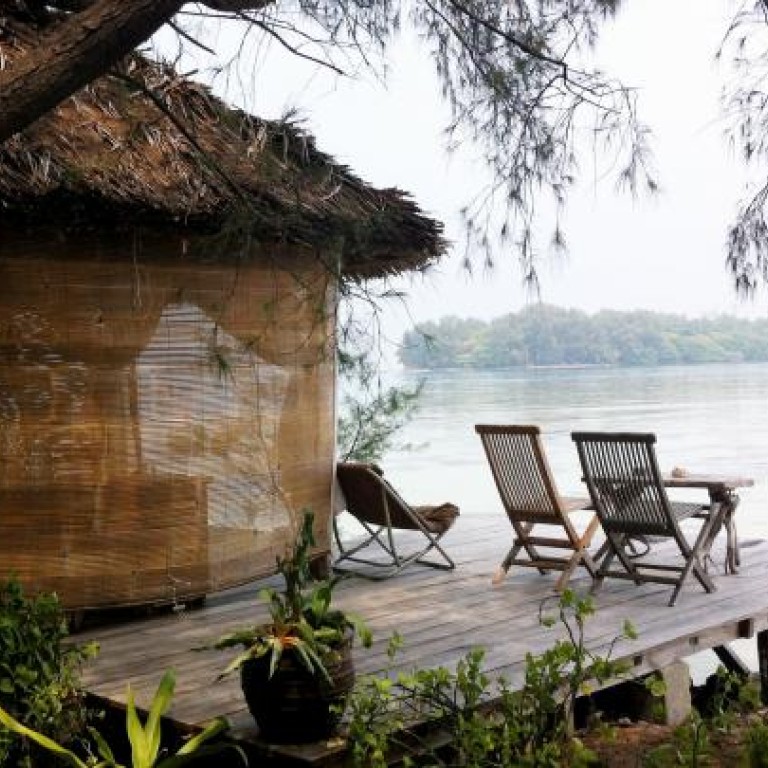
Travel review: Tiger Islands Village and Eco Resort
Past the smog of Jakarta and its garbage-strewn coastal waters lie some surprisingly pristine islands that offer an escape from the heaving Indonesian capital.
Pulau Macan, home to the Tiger Islands Village and Eco Resort, is one of the more popular ones, offering sanctuary to weary travellers, honeymooners, families and eco-volunteers. The island is a 90-minute boat ride from Ancol Marina, though there was a delay due to engine trouble that was later compensated for with a free cocktail at the resort's bar.
The one-hectare spread is owned by former forestry minister Adi-Warsita Adinegoro, developed - some say preserved - by a family friend and do-gooding expatriate named Roderick Des Tombe.
Pulau Macan's charm lies in its simplicity. Expect dirt-lined paths through rambling thickets to get to any of 10 living areas that make spartan wood furniture, shell accents and mosquito-net canopies romantic. Even the outdoor bathrooms are rustic but tasteful.
The resort's environmental message is spelled out in the water bottles reworked as lamp lights, the signs encouraging three-minute showers to conserve water and the fact that every inch of the island and surrounding sea exudes natural beauty.
"You go back to nature and use as little energy as possible," says tour leader Mimi Heryanti, who has been working for the resort for two years.
To back up her point there's the island's low electricity usage - 90 per cent of its power comes from solar panels - and the blissful lethargy that even the hardiest of workaholics will no doubt sink into.
Days consisted of leisurely deciding whether to engage in water sports or lie on a futon in a hut overlooking the sea, getting kneaded by a male masseuse, who later appears as your waiter.
The resort provides snorkelling equipment and kayaks so you can get to a smaller, uninhabited sister island just 20 metres away, with white pebbly sand that mirrors the main island's. To seasoned divers, the coral may not be the best, but this is understandable, given that the reef is still healing from dynamite fishing and pollution.
Nights are spent playing pool and board games in the clubhouse or lounging on the many canvas couches and chaises on the communal sun deck, drinking lukewarm beers under the stars.
It's recommended you stick to beers and sodas, as the cocktails are hit and miss - although the mint caipiroska exceeded expectations.
The food is borderline vegetarian, with ingredients from the island's own garden whipped into fine fare such as celery soup and eggplant parmigiana by chef Ibu Tera. Meat-eaters can take heart that the black chickens pecking away in the garden aren't just for display.
The entire island can be booked for 9.8 million rupiah (HK$7,000) on weekdays and 14.7 million on weekends, with a minimum of 15 people. I immediately added it to my list of probable wedding spots.
At the end of our stay, we contemplated staying another night, maybe two. A list of room prices for such last-minute decisions was proof that previous visitors had felt the same.
Still, it was a cheerful exit, with guests hugging each other, clinging to the biscuits we got as farewell tokens, and the staff waving at us from the dock as our boat sped away. Everyone on the 90-minute ride back to Jakarta said they would return, hoping to disappear and then emerge refreshed from this tiny slice of paradise.
